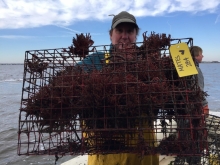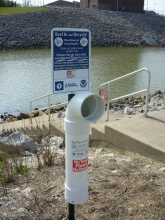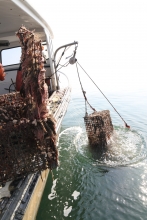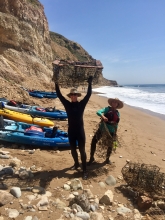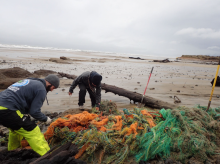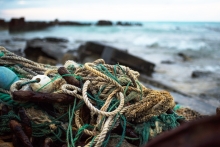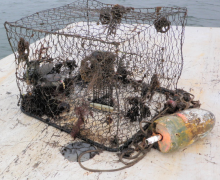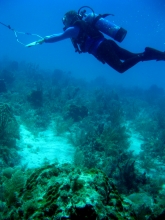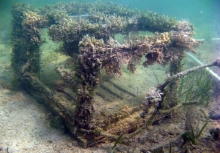Posts tagged with
derelict fishing gear
Enjoy Fishing, Responsibly!
krista.e.stegemann
Wed, 08/02/2017 - 11:00
Derelict fishing Gear in the Northeast
krista.e.stegemann
Thu, 07/13/2017 - 11:00
Derelict Fishing Gear in the Pacific Northwest
krista.e.stegemann
Thu, 04/13/2017 - 11:30
Marine Debris Research: Ecological and Economic Assessment of Derelict Fishing Gear in the Chesapeake Bay
krista.e.stegemann
Thu, 10/13/2016 - 13:41
Fishermen Take the Lead in California Removal Efforts
krista.e.stegemann
Tue, 05/24/2016 - 12:44
Lobster Trap Debris in the Florida Keys: A Look Back
krista.e.stegemann
Fri, 04/29/2016 - 10:29
A New Study Looks at Derelict Traps in the Florida Keys
krista.e.stegemann
Thu, 04/28/2016 - 02:56

